The weather is warm, vacation has started, you’re 50 miles from your destination—and chances are you’re not thinking about what could go wrong on the road ahead.
“While no one can plan for car trouble, in emergency situations it is helpful to have some preparations in place,” says Mindy West, GEICO director of Centralized Services. So stock your car with these basics and don’t forget to replace water and batteries as needed.
1. First-aid Kit & Accessories
Add a flashlight and whistle to your basic first-aid kit. Set a calendar reminder to change the flashlight batteries every few months.
2. Basic Tools
Always be sure to have at least three tools on hand: a screwdriver (to tighten up something that’s been loosened by vibration or age), a torque wrench (to correctly set nuts) and a utility knife (in case you ever need to cut yourself out of your seatbelt after an accident).
3. Gloves
Protecting your hands is a must, no matter what the temperature. Opt for sturdy mechanic gloves made of leather or a rubber and synthetic combination.
4. Tow Rope & Bungee Cords
These can be invaluable to help get you out of a jam. To use the tow rope, you’ll need to find another car that’s able to yank yours to safety. Bungees help you safely secure an item to your car’s roof.
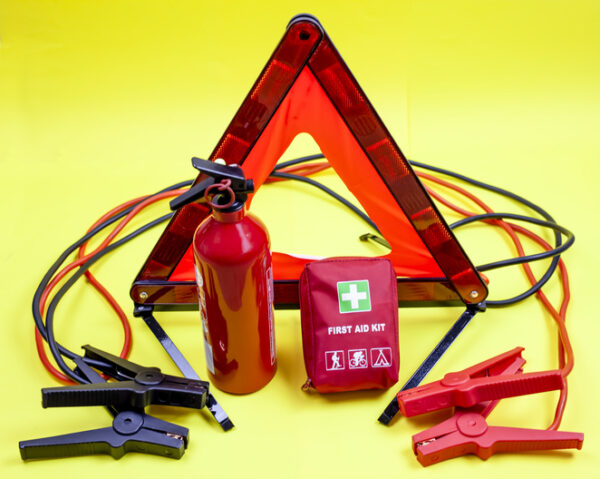 5. Warning Triangles & Light Sticks
5. Warning Triangles & Light Sticks
Make certain other motorists can see you, day or night. Bonus: Since they don’t need batteries, you don’t have to worry about upkeep.
6. Tire Pressure Gauge
Tire pressure—which ensures maximum handling, traction and durability—fluctuates with the temperature, so it’s important to keep a gauge handy. Tires may become over-inflated when the outside temperature is hot and under-inflated when it’s cold.
7. Phone Charger
As important as your phone itself. Add an adapter for the cigarette lighter if your car doesn’t have a USB port.
8. Jumper Cables
In case your car battery goes dead. And of course, you should know how to use them. (Psst… here’s how to jump-start your car.)
9. Water & Snacks
In case of an emergency, they’ll provide sustenance until help arrives.
10. Extra Clothes
For unexpected outdoor adventures, pack a rain jacket and at least one layer of clothing to keep you warm.
11. Kitty Litter
Stuck in the mud or snow? With a small bag in the trunk, you’ll be able to sprinkle some around your tires for traction.
With assistance from GEICO Emergency Roadside Service (ERS) available on your GEICO Mobile app, you’ll be back on the road in no time with a spare tire or a jump. Add ERS to your policy, starting at just $14 per year, per car.
By Lucy Maher

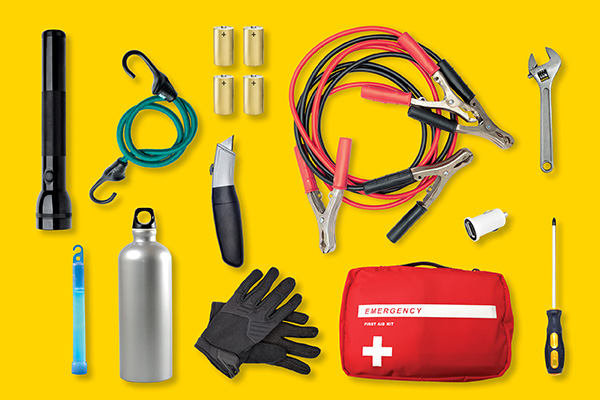


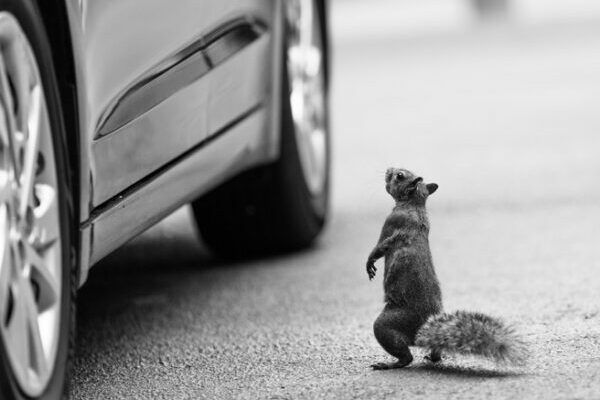
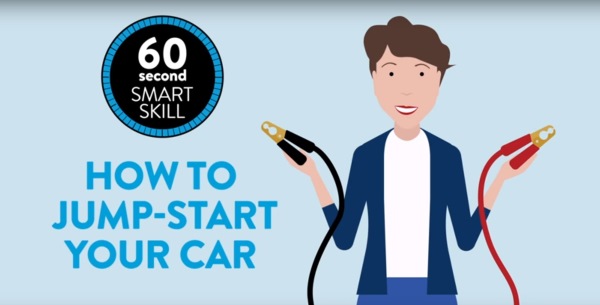
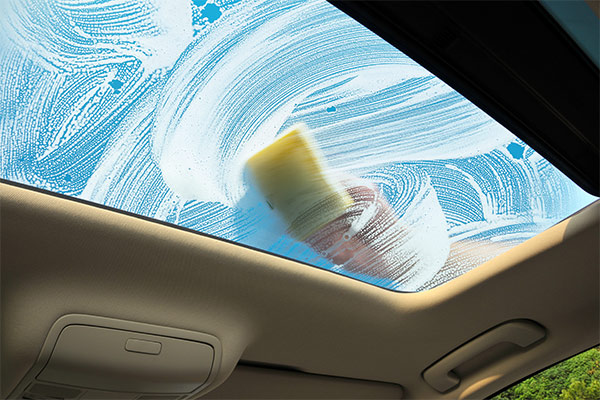
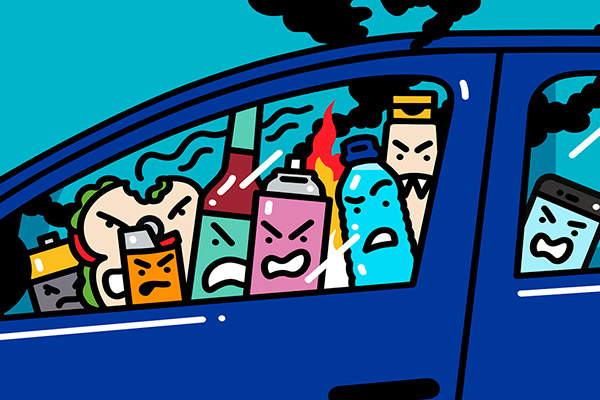
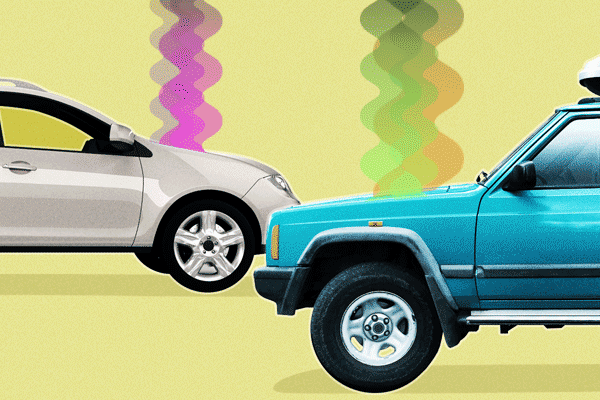
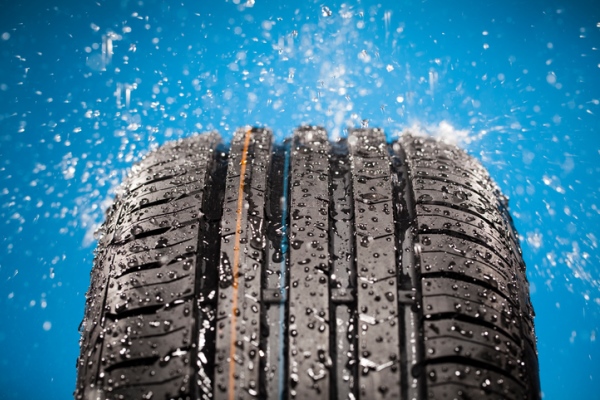
David Olson says,
The article and the comments to the article cover everything I can think of, except one: photocopy the pages of your owners manual about idiot lights and other things that are hard to remember, such as proper jumper cable use.
Sheri says,
Always carry a flashlight and extra batteries
Evan Cummings says,
Personally, I always try to have a man on hand for these things. Why carry all that stuff around with you when you can just have a man do it!
peter obazee says,
That is a very cool advice, I have not considered the importance of some of these stuff, though I dont travel as much.
Diane Fields says,
I live in Arizona, where snow is not the big issue, it’s the heat! I keep a blanket , thick gloves, & a few towels in the car. Gloves, because you can’t touch a hot car or change a tire without protection . Blanket and/or towels because if someone needs to look under the car, or knell nx to the car, the pavement is too hot to handle. A wet towel can bring relief to an overheated child or adult until you can find AC. If injured, a towel can be used as a large bandage. In AZ , sunscreen, hats, & tarps for shade are part of the survival mode. Take a minute & put a name or 2 of who would need to be notified in an emergency inside your car. If you get lost/hurt while hiking & the police locate your car they will know who to call. Make a list of allergies, medical conditions, & meds that you take. The Fire Department Paramedics will thank you. Always let someone know where you are going & when to expect your return-Summer or Winter.
Debra Maier says,
Thank you Diane as we’ll be moving to Northern AZ in about 3 weeks. Great tips and ideas.
Marie Fiscina says,
Great tips thank you for the information!!
Marie
Robert Dale says,
I would include a powerful flashlight, a battery operated tire pump, and a fire extinguisher.
Aston Brown says,
How about a flashlight ?
Larry W Johnson says,
How about a gun for survival or for protection? There are many states where it is legal to carry one in your car. There are also ones that will come apart and take up little space in case you are broke down out in the wilderness somewhere.
gene says,
A hammer is also handy, in case you ever fall off a bridge into water. It won’t break the windshield, but will break the side windows. You may be able to open the doors once some water gets inside of the car to balance the pressure.
BRASS says,
In this day any emergency kit without duct tape, a loud emergency whistle, a multitool, signal mirror and solid knife, would be incomplete.
Also, no vehicle should be without one the many excellant small and inexpensive emergency tools for breaking glass and cutting seat belts/shoulder harnesses. Accidents, fires, floods, tornados, hurricanes, earthquakes and many more circumstances can neccessitate emergency egress of your vehicle by you or your passengers or enable you to rescue others suffering the same.
My small emergency kit and out of the way small space storage has all the above plus two citizens band radios, rain ponchos, mylar emergency blankets, small tool kit, gloves, flat tire fix, rags and more.
Emergency kits should be stocked/ filled after a task analysis according to your climate or individual trip planned. Low altitude hot climate drivers likely don’t need snow related items, etc.
Sharon says,
Always interesting newsletter and great tips!! Thanks ?
R. B. Palmer says,
Further Items to carry: Having driven all over for years, I also recommend (1) Good flashlight (test occasionally), (2) Spare pair of driving glasses (if on your license), (3) Burlap feed sacks cut open, if you can find them (better than kitty litter for gaining traction for tires on wet snow), (4) Small GPS for giving exact location on cell phone if in remote rural area.
Lester Berry says,
A number of years ago when I was in the service I would carry the bill-of-sale to the car in case the car broke down and wasn’t worth fixing and a handful of change in the glove box to call home.
Freda says,
I would like to suggest that everyone keep a couple of hot hands and hot feet packets as well. it really works for you when its freezing out.